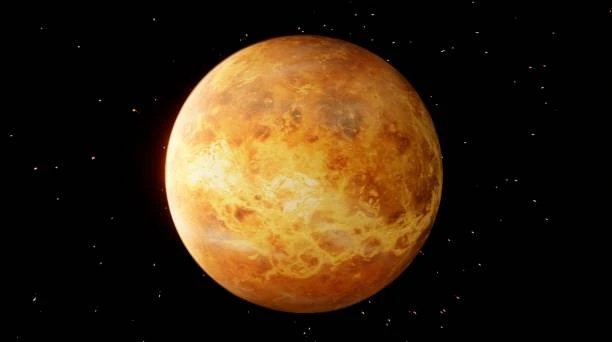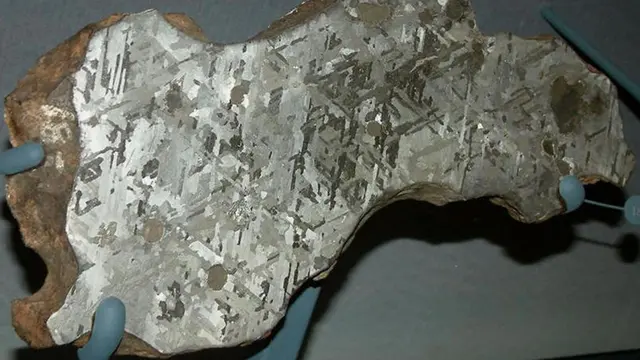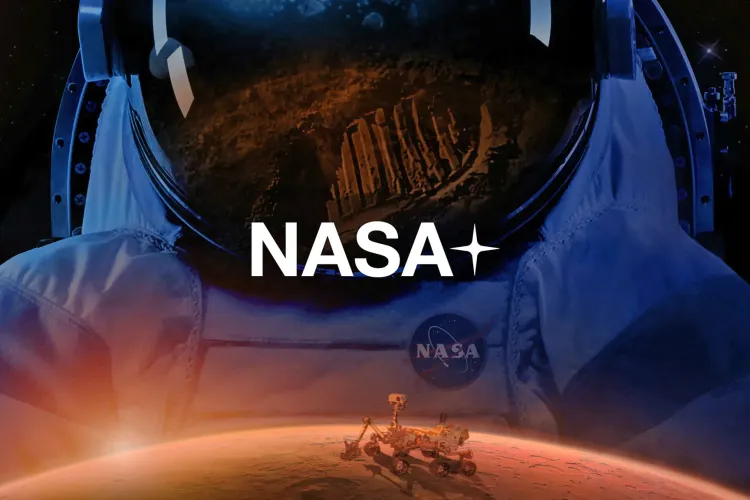ISRO’s Shukrayaan-1 Mission: India’s Bold Step Towards Venus

The Indian Space Research Organisation (ISRO) is making significant strides in interplanetary exploration with its upcoming mission to Venus, Shukrayaan-1. The name Shukrayaan derives from “Shukra,” the Sanskrit name for Venus. The mission aims to place a spacecraft in orbit around Venus to conduct an in-depth study of the planet. While previous Venus missions by other space agencies have provided valuable insights, Shukrayaan-1 will offer a more comprehensive, global view of the planet’s surface and atmosphere. Originally planned for a December 2024 launch, the mission has been rescheduled for 2028 due to technical and payload-related challenges.
Mission Objectives and Scientific Instruments
Shukrayaan-1 will investigate Venus’ atmosphere, surface, and ionosphere to deepen our understanding of Earth’s “twin” planet. The mission will focus on studying:
Venus’s thick, sulfuric acid-laden clouds to understand their chemical composition and dynamics.
Using advanced Synthetic aperture radar (SAR) and infrared imaging, surface geology and volcanic activity will provide insights into surface features hidden by the dense atmosphere.
Ionospheric and atmospheric escape mechanisms by deploying instruments such as the Retarding Potential Analyser (RPA) and Venus Ionospheric Plasma Wave Detector (VIPER).
Collaborative Efforts and International Contributions
The mission will carry Indian and international payloads, including contributions from Sweden, France, and Germany. Notably, the Venus Ionospheric and Solar Wind particle AnalySer (VISWAS), developed in collaboration with Sweden, will explore the interaction between Venus’ ionosphere and solar wind, a key factor in understanding atmospheric loss.
Why Venus?
Venus is often referred to as Earth’s “twin” due to its similar size and mass. However, its harsh surface conditions make it an enigma:
- Surface temperatures are high enough to melt lead.
- Atmospheric pressure is 92 times that of Earth. Studying Venus can provide crucial insights into planetary evolution, atmospheric dynamics, and why Venus turned into a hellish world while Earth remained habitable.
Significance of India’s Space Program
With an estimated budget of ₹1,236 crore, Shukrayaan-1 represents ISRO’s ambition to position India as a major player in planetary science. It follows the success of missions like Chandrayaan-3 and Mangalyaan, underscoring ISRO’s capability to conduct complex interplanetary missions. The data collected will be processed and shared with the global scientific community, contributing to our collective knowledge of Venus and its potential for harbouring life in its upper atmosphere.
As India ventures to explore Venus, the mission is set to open new frontiers in planetary science, demonstrating ISRO’s growing expertise and paving the way for future exploration of our solar system.





